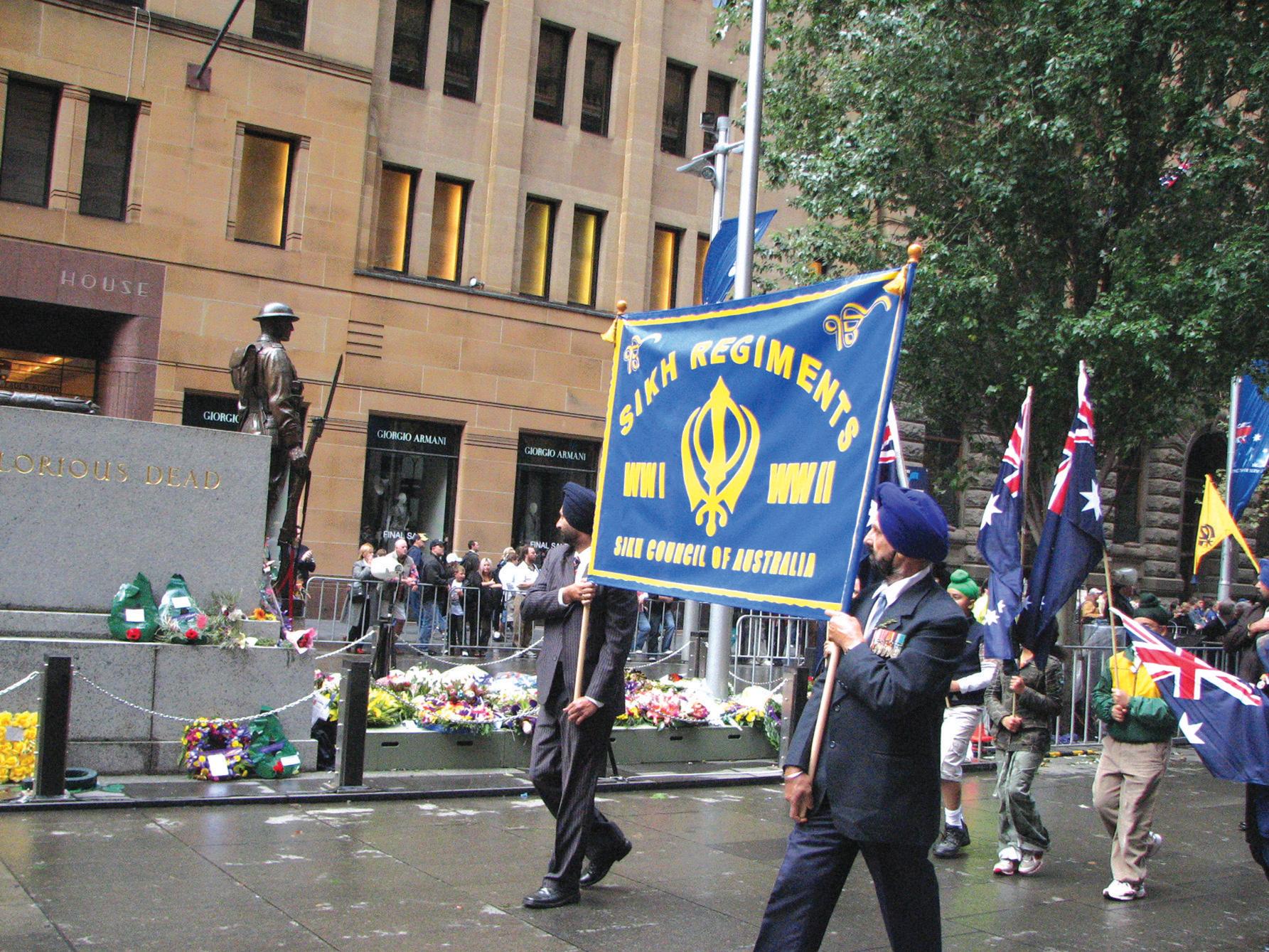
4 minute read
ANZAC Sikhs do us proud
from 2010-05 Melbourne
by Indian Link
Sikhs fought valiantly to death on June 3 and 4 1915.
BY USHA ARVIND
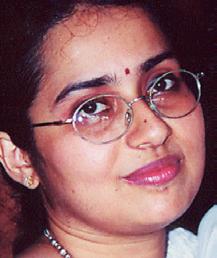
Every year, it gets bigger and better. The Sikh Regiments dressed in dark blue turbans, impeccable suits with medals flashing proudly on their chest, led by Colonel Mahinder Singh rubbed shoulders yet again with mainstream Aussie veterans in what has now become the norm, as they marched through Sydney CBD to salute the iconic ANZAC spirit.
The midday parade commenced at Pitt St before winding up at the ANZAC Memorial in Hyde Park, and was preceded by a dawn service at Martin Place. Besides the ANZAC day events, the Sikh Regiments also participated in the official wreath laying ceremony on April 24.
Celebrating larrikinism and mateship, for New Zealand and Australia the Gallipoli campaign (25 April 1915- 9 January 1916) was not only the first major battle undertaken by a joint military formation called the Australian and New Zealand Army Corps (ANZAC), but also a milestone, marking the dawn of a national consciousness. Over 8,000 Australians and 3,000 New Zealanders laid down their lives fighting for the British Empire.
But few were aware of the role of Indian soldiers in the campaign till the bid by ANZAC Sikhs to join the annual parade.
Of the 47,000 Indians killed in the fouryear battle, 1400 were lost at Gallipoli alone. Particularly noteworthy is the contribution of the 14th Sikh Regiment, with its commander Sir Ian Hamilton paying glowing tributes. History tells us that 371
Noted for their selfless sacrifice, gallantry and protection of the weak, Sikhs have traditionally played a critical part in India’s long and bitter political history, pre and post independence. Likewise in the recent centuries, they have been involved in strategic roles in Singapore/Malaysia, UK, Canada, Australia, NZ and US.
Due to the efforts of the Sikh Council of Australia (SCA), particularly Manjit Singh Gill, Ajmer Singh Gill, Vickram Grewal and Jagdev Bawa, the contribution of ANZAC Sikhs has been officially recognised through the ANZAC Day parade since 2007.
“It is a solemn ceremony of remembrance to show our gratitude for bravery and heroism,” said SCA secretary Bawa Singh Jagdev. “Posterity will remember them and those who now live as free men and women, and in peace,” he added.
“The SCA has always focused on positive and innovative awareness programs to raise the profile of the community in Australia,” Canberra-based Vickram Grewal, who works as Deputy Director Defence Preparedness Initiatives under Vice Chief of Defence Forces told Indian Link
“We had been lobbying for long to participate in the ANZAC Day parade because of the extensive contribution of Sikhs to the Gallipoli campaign. Post 9/11 and the ensuing hate crimes against Sikhs worldwide, we accelerated this project and after discussions with the ANZAC House and RSL HQ, it was agreed that the Sikh Regiments (who were part of the Commonwealth and Allied Forces in WW1 & WW2 - alongside the Gorkha Regiments from the Indian subcontinent) will be represented in the ANZAC Day ceremonies, including the wreath laying at the Dawn Service and the March,” Grewal explained.
“These martyrs have never been recognized before,” lamented Colonel Mahinder Singh who commanded the 2nd and 4th Singapore Infantry Regiments. “Our aim was to officially recognise and commemorate the supreme sacrifice by those soldiers who fought selflessly for the defence, security and integrity of the sprawling British Empire - away from their motherland,” he added. The Sikhs made their presence felt in virtually every main battle arena. Their bravery is exemplified by the fact that Sikhs won 13 of the 22 Victoria Crosses awarded to Indian soldiers, he proudly acknowledged.
Likewise participation in the parade is also an opportunity to thank and commemorate those who have risked their lives outside Sikh Regiments more recently. “There is no regret because they died to uphold our values,” added Singh who moved to Australia post retirement from the Singapore Armed Forces in 1988.
While Sikh Regiments are now represented in marches at Adelaide, Perth and Woolgoolga as well, SCA hopes to see participation in all Australian capital cities through its national membership.
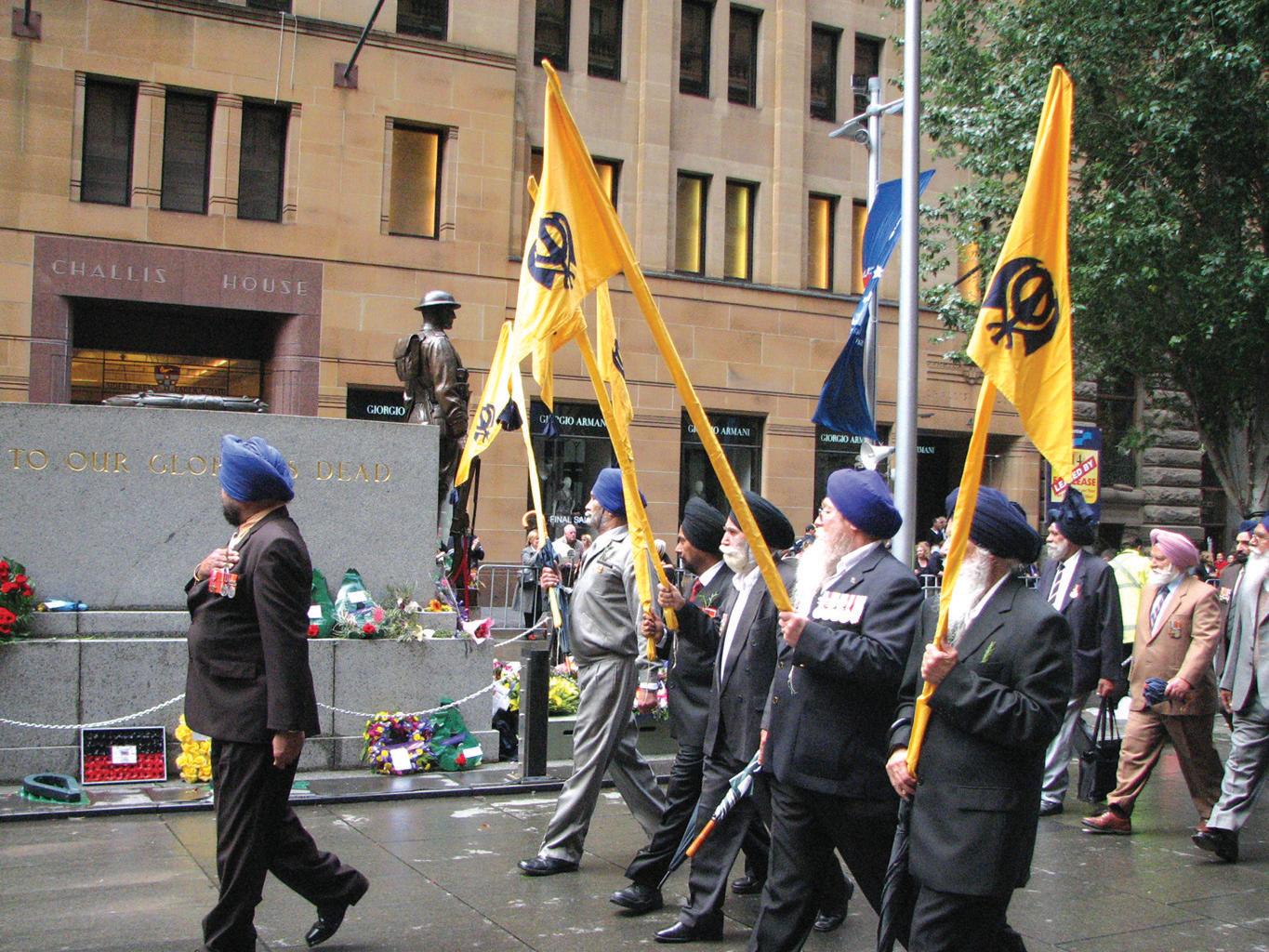
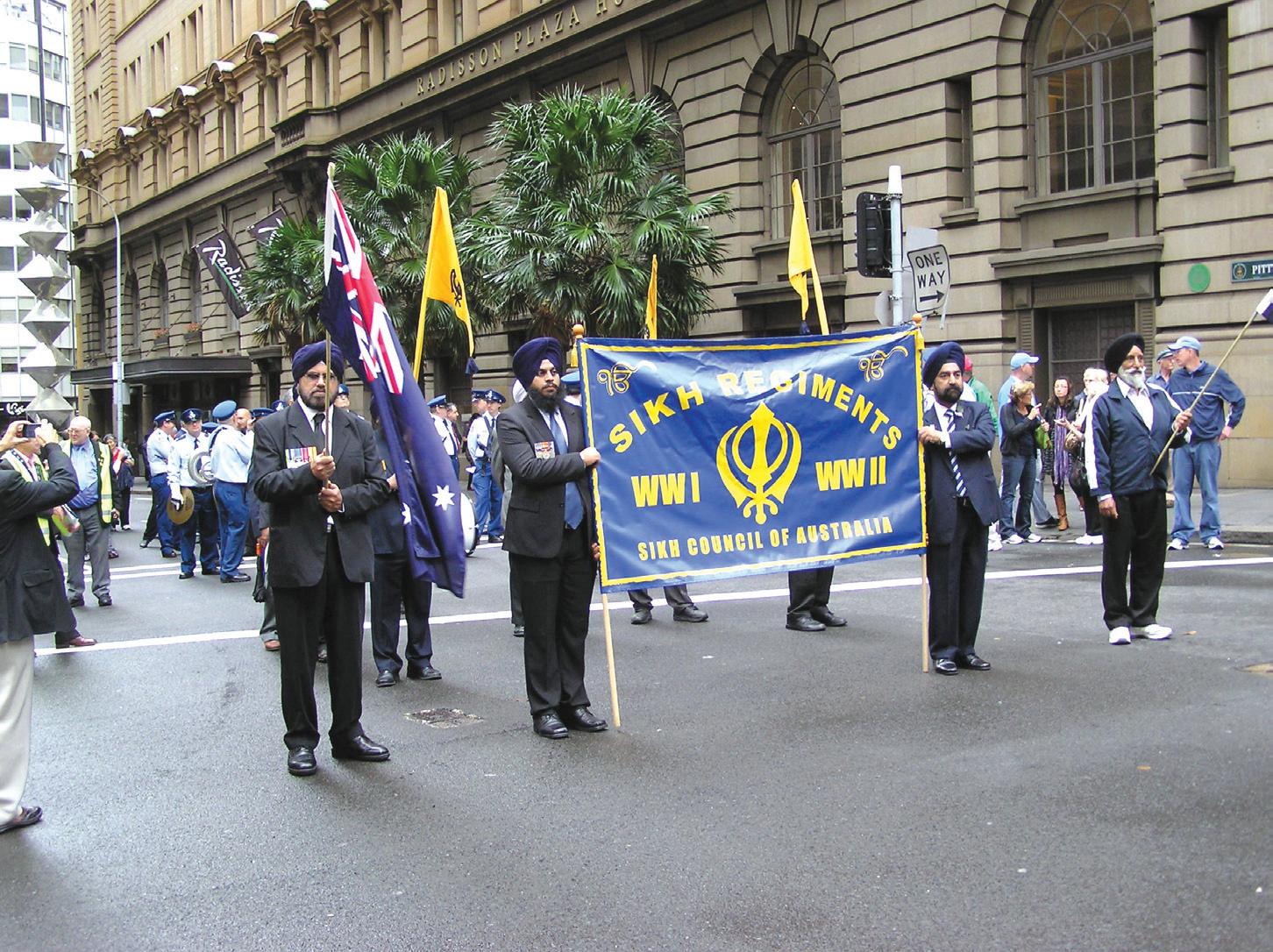
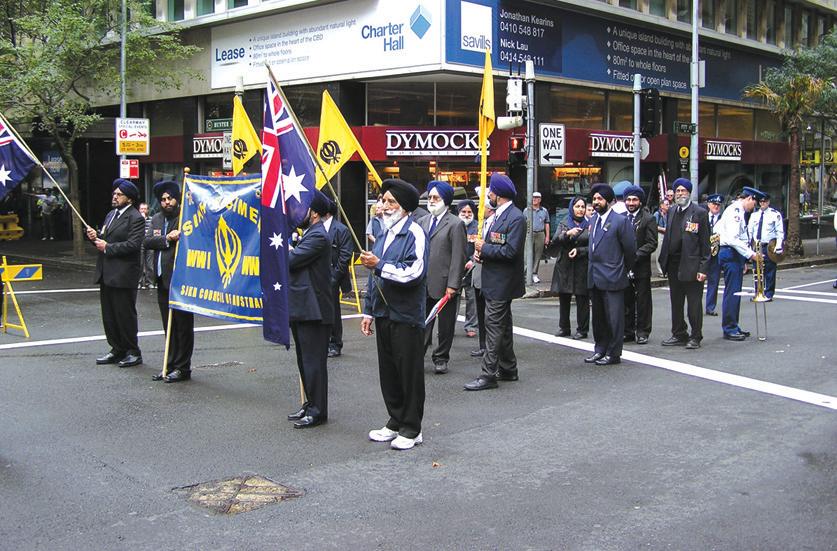

“Year after year we see more and more people cheering for the Sikh Regiments - as they march in the CBD. Their applause is a huge thank you for us,” says Grewal, a former NCC cadet who hails from a family of fighters. His dad was an Indian air force pilot, while his mum was an active member of the National Cadet Corps (NCC) leading the Republic Day march.
“For ex-servicemen and those of us still committed to the armed forces, taking part in the parade is an emotion-surcharged moment that cannot be explained in words.
It has to be felt first hand and we therefore urge and request more people of Indian origin to witness and share this incredible feeling. The march has generated a lot of goodwill and brought out a sense of unity and kinship,” added Grewal.
“ANZAC Day for us Sikhs,” he continued, “is not just about those who laid down their lives - although, obviously that’s the primary reason. What makes this march critical for the current situation is that it is a vehicle to illustrate to the wider Australian community that we are not just students, we’ve contributed to the Australian social fabric for a long time, in some way, shape or form - if it wasn’t the World Wars where we fought alongside the ANZACs, it was as Camel Train operators and farmers originally, and it is now in all fields! We are faithfully following the tenets of our leaders, from Guru Nanak to Guru Gobind.”
And through the parade, the SCA is merely ensuring that this contribution is captured and recognized, and that their heritage is not lost.
Among those who proudly hoisted the Sikh banner are Ajmer Singh Gill, Vikramjit Singh Grewal, Bawa Singh Jagdev, Jaswinder Kaur Grewal, Jasbir Singh Randhawa, Gagandeep Singh, Balbir Singh Banwait, Inderjeet Singh Virdi, Suhinder Singh Kalsy, Amarjeet Singh Grewal, Lieutenant Mukhtiar Singh of Singapore Armed Forces, Sarabjit Singh of NSW Police, Indian Para Military Police, Fauji Kuldip Singh - 2nd Lt in Indian Army and Sgt Major in Australian Army, Capt Sarjinder Singh Sandhu and Havildar H S Bathal, Indian Army Signals.










